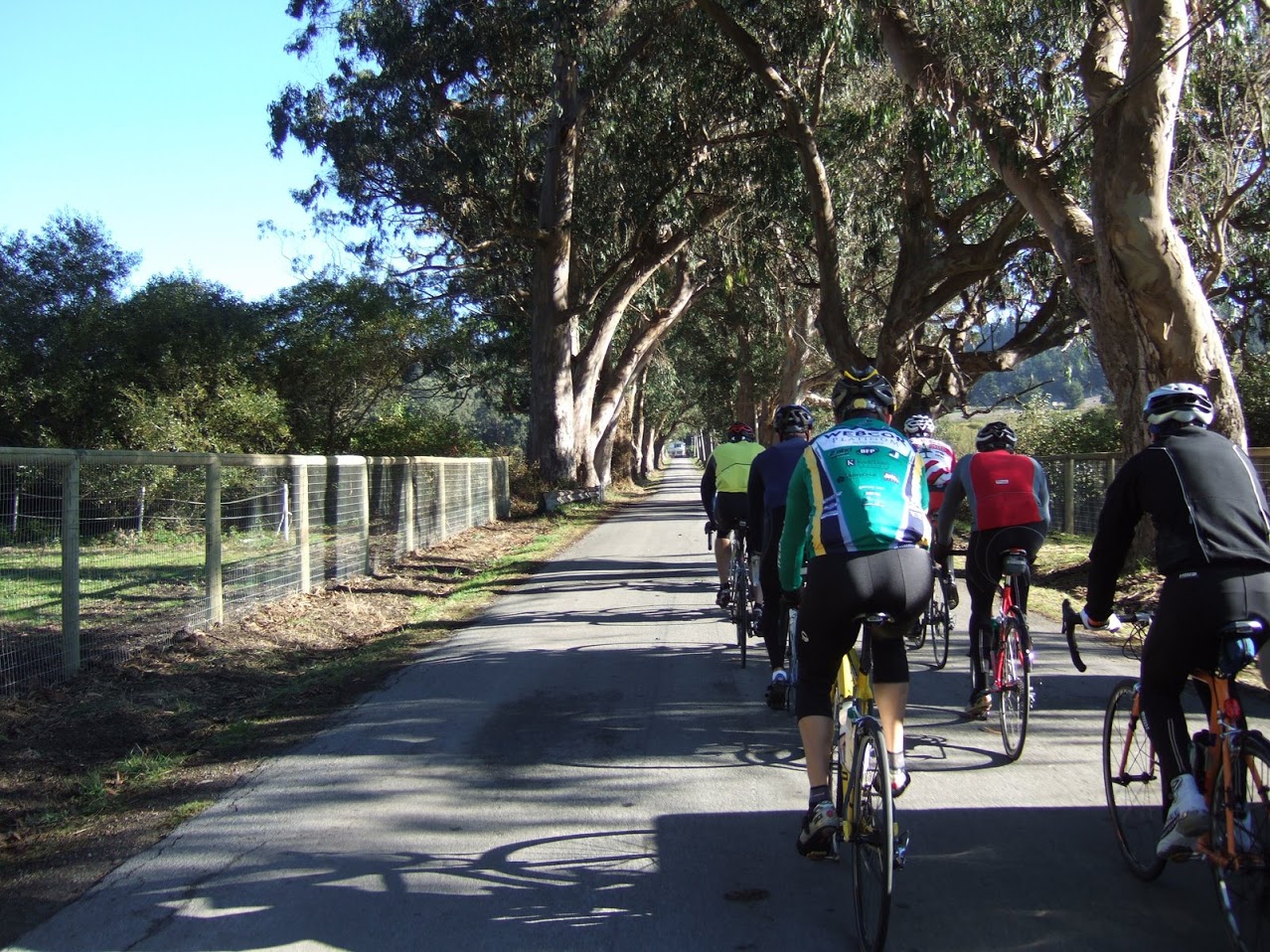Even in Peru I can’t take my mind off work, kind of natural since work is bikes and cycling is my life. So I’m monitoring a local bike club’s E-list, in which someone was talking about the actual merits of disc brakes on road bikes. It got the reply from someone else below-
The major benefit is helping local bike shops stay afloat by contributing to another profit center. The new hydraulic brakes are more expensive than mere brake pads. It also creates a time filler activity that cyclists can participate in (online shopping) while they’re stuck indoors during periods of rain not too mention the conversational benefits…
I couldn’t let that go, even in Peru, when I should be getting to sleep because we’re catching an early flight home the next morning. My response below-
Not sure if I’m missing a joke or what. If this is a serious note, your local bike shop is likely not deriving profit from the proliferation of new ways to change the basic workings of the bicycle. The cost in inventory is massive beyond belief, the cost in training staff on new technologies considerable, and any profit from selling shiny expensive bike gadgets at the local bike shop level has been eliminated by a playing field that is seriously tilted against the small retailer
Having said that, there remains a need to address the utility of the disc brake in general. I do not believe it’s needed for most road bikes, because most road cyclists aren’t riding in the rain. But for those that do (raising my hand on this one), and especially those that do any real descending, a disc brake has massive advantages over a standard rim brake. Some of this is from added stopping power, but mostly from not having to replace brake pads every two to three rides if you’re doing a lot of descending (for example, my regular Tuesday & Thursday-morning ride, with about 3300ft of climbing/descending) and, perhaps more important, not having to be concerned about having your rim literally explode apart because it’s been ground through by the brake pads. That’s a rain-only phenomenon, caused by the sandpaper-effect of water & grit that grinds away both rubber brake pads and aluminum rims.
Dry weather stopping power really isn’t an issue for any modern well-adjusted standard caliper brake. The only time it might be helpful would be for those who “drag” a brake constantly on a long, steep descent. The person who rides at 20 miles per hour downhill is putting a lot more wear & tear into brake pads and rims than the person doing 40. The simple physics involved show that the higher-speed descender (I’m not talking about reckless high speeds) is having wind resistance do a lot more of the work slowing him or her down than the slower-speed descender, where virtually all of the work is being done by the brake.
Please don’t blame your local bike shop for forcing technology on you that you don’t want. It’s not an evil plot on their part. We’re not smart enough to pull that off. Most of us would long to turn back the clock to simpler times. That doesn’t mean that new technology isn’t often better, bringing new benefits to a wonderful machine. But from the standpoint of who profits from a technological & marketing arms race, it usually isn’t the local retailer.
Ironically, I am increasing the variety of disc-brake models to offer my customers, and am building up a new disc-brake CycloCross/Utility bike for myself… and I might soon be sending out an email to my customers letting them know about the options, which, of course, will feed the idea that I’m getting rich selling people things they don’t need. :-)<
Thanks, Mike Jacoubowsky, Partner, Chain Reaction Bicycles
